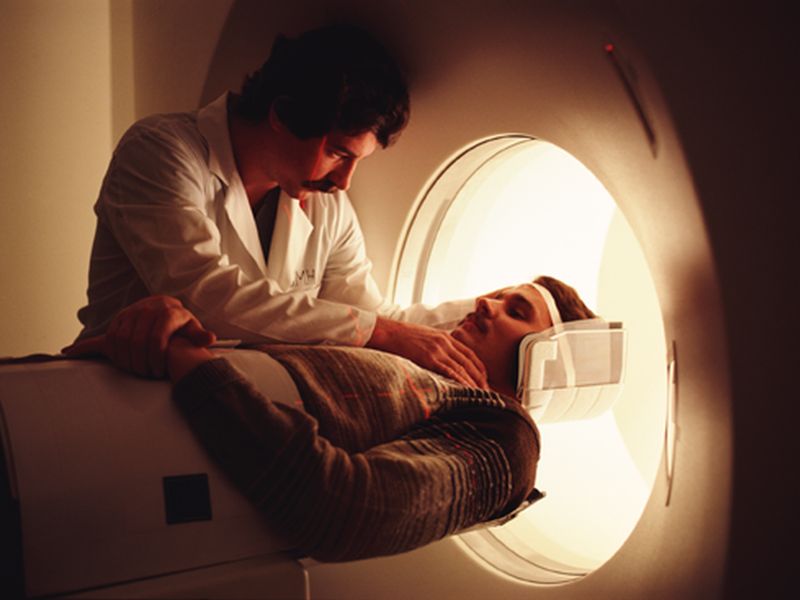More CT, MRI Scans Being Used, Despite Calls to Cut Back

TUESDAY, Sept. 3, 2019 (HealthDay News) -- Despite efforts from medical groups to cut down on the overuse of CT scans and MRIs for safety reasons, their use has instead increased, a new study shows.
"Medical imaging is an important part of health care and contributes to accurate disease diagnosis and treatment, but it also can lead to patient harms such as incidental findings, overdiagnosis, anxiety and radiation exposure that is associated with an increased risk of cancer," said lead author Dr. Rebecca Smith-Bindman. She is a professor of radiology, epidemiology, biostatistics, obstetrics and reproductive medicine at the University of California, San Francisco.
Despite a common belief that imaging rates are declining due to payment and educational efforts to discourage unnecessary scans, their use is climbing again, the investigators found.
The researchers examined data on more than 135 million medical imaging exams conducted in the United States and the province of Ontario, Canada, between 2000 and 2016.
Rising rates of imaging slowed in the early 2000s, but the use of CT scans, MRIs and ultrasounds regained momentum in recent years, rising 1% to 5% a year between 2012 and 2016 in most patient groups. A notable exception was CT use in children, which declined in the United States between 2009 and 2013 and remained stable since 2013, while it has declined in Ontario since 2006.
Rates of CT and MRI use are higher in the United States than in Ontario, but that difference is narrowing. For example, among older adults in 2016, there were 51 MRIs per 1,000 patients in the United States and 32 per 1,000 patients in Ontario.
The authors noted that they didn't examine whether imaging use was appropriate or associated with better patient outcomes.
"Like all aspects of medicine, it's important to make sure imaging is justified, and that the potential benefits are balanced against the potential harms," Smith-Bindman said in a university news release.
"These potential harms of false positive diagnoses and overdiagnoses can impact everyone who undergoes a test and thus need to be considered when imaging is used," she added.
The study was published Sept. 3 in the Journal of the American Medical Association.
According to study senior author Diana Miglioretti, "The good news is that rates of CT imaging are starting to come down in children." Miglioretti is a biostatistics professor in the department of public health sciences at the University of California, Davis.
"However, they're still far lower in Ontario than in the U.S., suggesting there is additional room for improvement," she said. "It's also important to reduce unnecessary imaging in adults given they are also at risk of radiation-induced cancers."
More information
The U.S. National Library of Medicine has more on medical imaging.

The news stories provided in Health News and our Health-E News Newsletter are a service of the nationally syndicated HealthDay® news and information company. Stories refer to national trends and breaking health news, and are not necessarily indicative of or always supported by our facility and providers. This information is provided for informational and educational purposes only, and is not intended to be a substitute for medical advice, diagnosis, or treatment.

